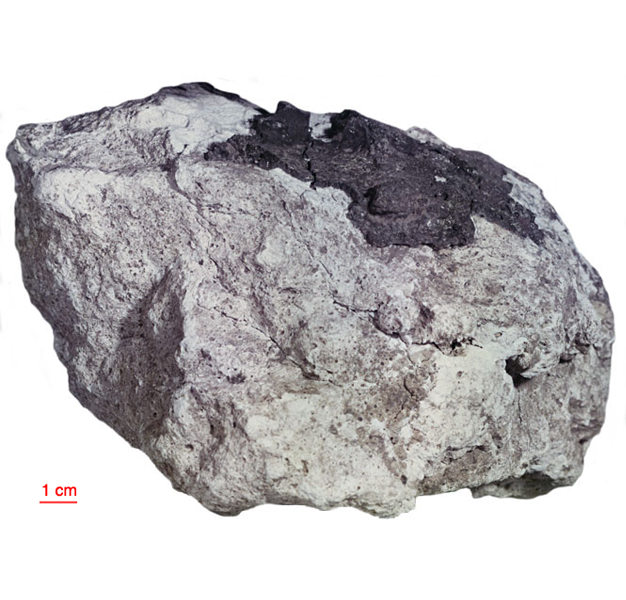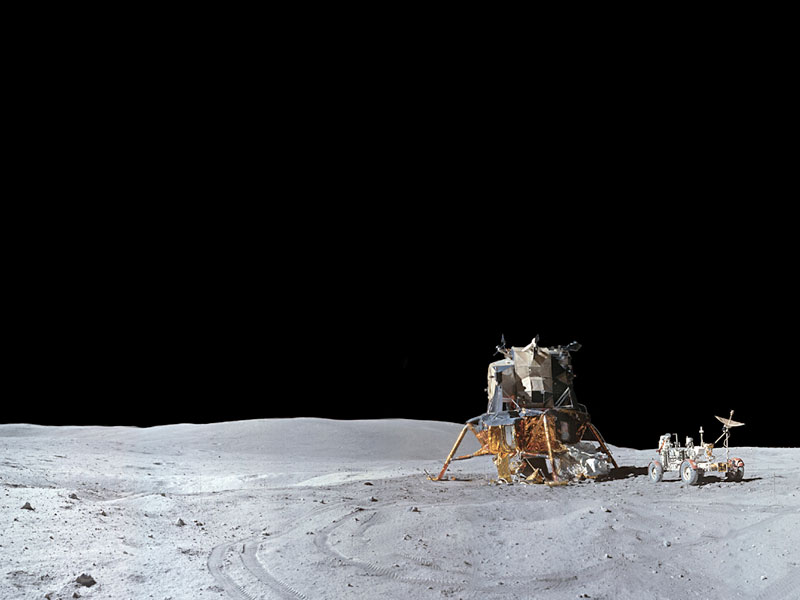
Fact sheet
Sample 60025 is coarse-grained cataclastic anorthosite composed of many fragments from a related sequence of anorthosites collected during the Apollo 16 mission to the Moon. It is one of the oldest lunar rocks found, having been dated at 4.44 billion years (just 90 million years after the formation of the Moon, around 4.53 billion years ago following a giant impact with the Earth). Anorthosite is one of the major lunar rock types and is thought to be a piece of the original lunar crust formed by plagioclase feldspar floatation from a Moon-wide magma ocean. Its presence close to the lunar surface has meant that it has been fractured many times by meteorite impacts.
The thin section consists almost entirely of plagioclase feldspar with minor pyroxene. All grains show evidence of considerable shock caused by meteorite impact events - the black glass coating was produced at this time. Accessory minerals present include ilmenite, chromite and olivine.
Further details of this and other Apollo samples are here: http://curator.jsc.nasa.gov/lunar/
The Apollo 16 landing site was in the hilly region around Descartes crater in the lunar highlands. The landing spot was chosen to allow the astronauts to gather geologically older lunar material (Descartes Formation and the Cayley Formation) than the samples obtained in the first four landings, which were in or near lunar maria.
The mission lasted 11.1 days, with a stay on the lunar surface of 71 hours. The crew were on the lunar surface for 20.2 hours during which they traversed approximately 27 kilometers and collected approximately 96 kilograms of samples.
Apollo 16 was launched on 16 April 1972.







